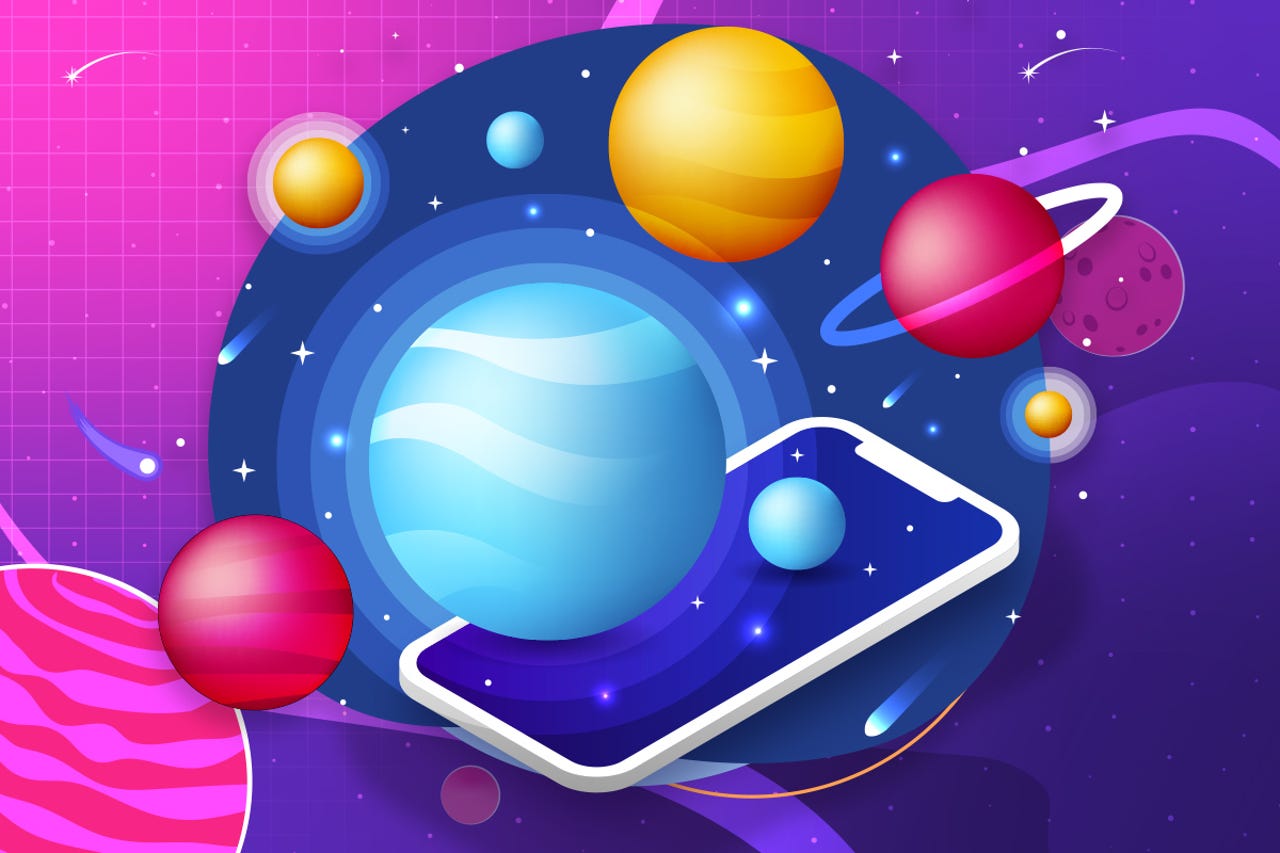The Metaverse, AR, VR, and Gamefi: The Future of Interactive Technology
January 1, 2023
As technology continues to advance at a rapid pace, new forms of interactive experiences are emerging that have the potential to revolutionize the way we live and play. From the metaverse to augmented reality (AR) and virtual reality (VR), these technologies are blurring the lines between the virtual and the physical, creating new possibilities for entertainment, communication, and more.
One concept that has gained a lot of attention in recent years is the metaverse, a virtual shared space that is created by the convergence of virtually enhanced physical reality and physically persistent virtual space, including the internet. The metaverse is often described as a collective virtual shared space, created by the convergence of virtually enhanced physical reality and physically persistent virtual space, including the internet. Essentially, it’s a virtual world that people can visit and interact with in real time, using VR or AR technology.
AR and VR are closely related technologies that are often mentioned in the context of the metaverse. AR involves superimposing digital content onto the real world, while VR involves creating a fully immersive digital environment. Both technologies have a wide range of applications, from gaming and entertainment to education and training.
Another term that is often mentioned in relation to the metaverse and other interactive technologies is “gamefi.” Gamefi refers to the convergence of gaming, finance, and technology, and it’s an area that is expected to see significant growth in the coming years. For example, gamefi could involve the use of blockchain technology to create virtual currencies or assets that can be used in games or other virtual environments.
Overall, the metaverse, AR, VR, and gamefi represent exciting new developments in the world of interactive technology, with the potential to transform a wide range of industries. From entertainment and gaming to education and finance, these technologies are sure to play a major role in the future.
While the metaverse, AR, VR, and gamefi are still in the early stages of development, it’s clear that they have the potential to revolutionize the way we interact with the world.
For example, the metaverse could be used to create virtual spaces for socializing, work, and entertainment. Imagine being able to attend a virtual concert or conference, or even live in a virtual world full-time. The metaverse could also be used to enhance our physical reality, for example by providing augmented information about the world around us or by allowing us to interact with virtual objects in the real world.
AR and VR also have the potential to transform a wide range of industries. For example, AR could be used to provide enhanced information about products or locations or to create interactive experiences that blend the virtual and the physical. VR could be used to create fully immersive experiences, such as virtual reality gaming or training simulations.
Gamefi, which combines gaming, finance, and technology, is also an area to watch. With the use of blockchain technology, gamefi could create new virtual currencies and assets that can be used in games or other virtual environments. This could have major implications for the gaming industry, as well as for finance and other areas.
Overall, the metaverse, AR, VR, and gamefi represent exciting new developments in the world of interactive technology, with the potential to transform a wide range of industries. While these technologies are still in the early stages of development, it’s clear that they will play a major role in the future.
See Also
- The Future of Virtual Reality: Predictions and Possibilities
- The State of Cybersecurity Going Forward to 2023: Threats, Trends, and Solutions
- ChatGPT: A Revolutionary Chatbot Utilizing the GPT-3 Language Processing Model
- Understanding the Power of GPT-4: The Future of AI Language Models
- The Future of Daily Tech: Haptic Feedback Technology

